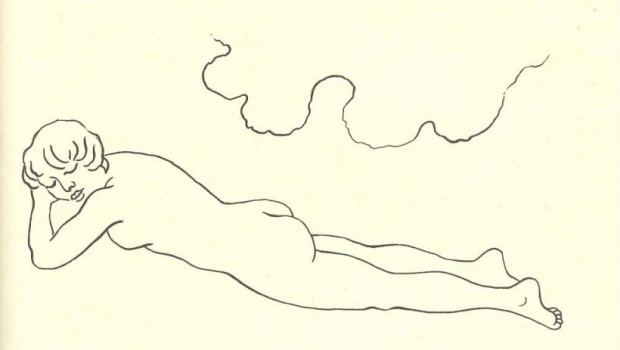Aguántame tantito más: Pathology of an Urban Tale
Bradley Warren Davis
Unlike Juan Rulfo, who described the submissive and fatalistic lives of country folks living in extreme deprivation in a depressed agricultural setting, Rose Mary Salum, in a little more than two pages, exhibits great skill in painting the social, political, psychological and economic characteristics of an urbanized ghetto in crisis.
It is no surprise that the acclaimed Mexican actress, Diana Bracho, chose to read this story to a vast audience in Houston. The story is very cinematographic and lends itself to dramatization. At the same time, it is multidimensional and does not distance itself from the dramas of the esperpento of Valle Inclán where the grotesque is combined with humor and the pathetic with hope of altruistic assistance.
In the face of a natural disaster, a flood whose waters have not yet receded, there is hope of recovery and a possible windfall created by the mere fact of the disaster and the use of the media to create the image of immediacy and to give society a sense of guilt that reminds the rich and powerful of their duty to help the poor.
The story is presented via the internal thoughts of the protagonist, the mother of a small child. Her words are scarce, designed to quiet her son’s unending cries. The strong, colloquial lexicon used throughout the story was not chosen gratuitously. The crude language, charged with a shocking dynamism that reminds us of the short stories of Ana Lydia Vega, has the purpose of shaking up the reader.
As painted by the protagonist, only the people of her own class are directly approachable for aid in times of need while the world outside can only be reached via the drama of the television, the public exhibition of suffering that creates a scenario demanding support in order to assuage the feeling of guilt and to quiet the victims. Salum also creates multiple layers of demands: the demands of the poor in crisis and the crying of the baby. In each case it is more important for the person or group in power to address immediate grievances rather than to look beyond the most obvious symptoms and complaints to the root of the problem.
The water, the language, the relationships of the victims with their potential benefactors all have parallel functions within the story: they are stagnant, they only mix when under pressure and they rarely find a sustained, healthful relationship. The water is stagnant and dirty with faint hope that it will recede and leave the poor in peace for long without a renewed attack. The help from the government and the rich is stagnant with only the hope of quelling the demands for assistance coming from the suffering poor, providing support only when absolutely necessary. The little child, like the water and the poor, is only attended to after much crying, and then only treating the most outward of symptoms.
This story by Salum entertains, while capturing the essence of poverty in crisis, limited social-political conscience, taking advantage of being a victim and the short-lived and shortsighted treatment of personal and societal tragedies. Her writing is steeped in the tradition of Latin American fiction, with an updated and realistic view of the interaction of the layers of our lives. It makes you wonder if everything will really “get all better” if we just hold out just a little longer.
– Aguántame tantito más (Hold out just a little longer) is a short story contained in the second book of short stories by Rose Mary Salum entitled Entre los espacios (Between the spaces), published by Editorial Tierra Firme, second printing 2003.
Posted: April 1, 2012 at 8:49 pm










